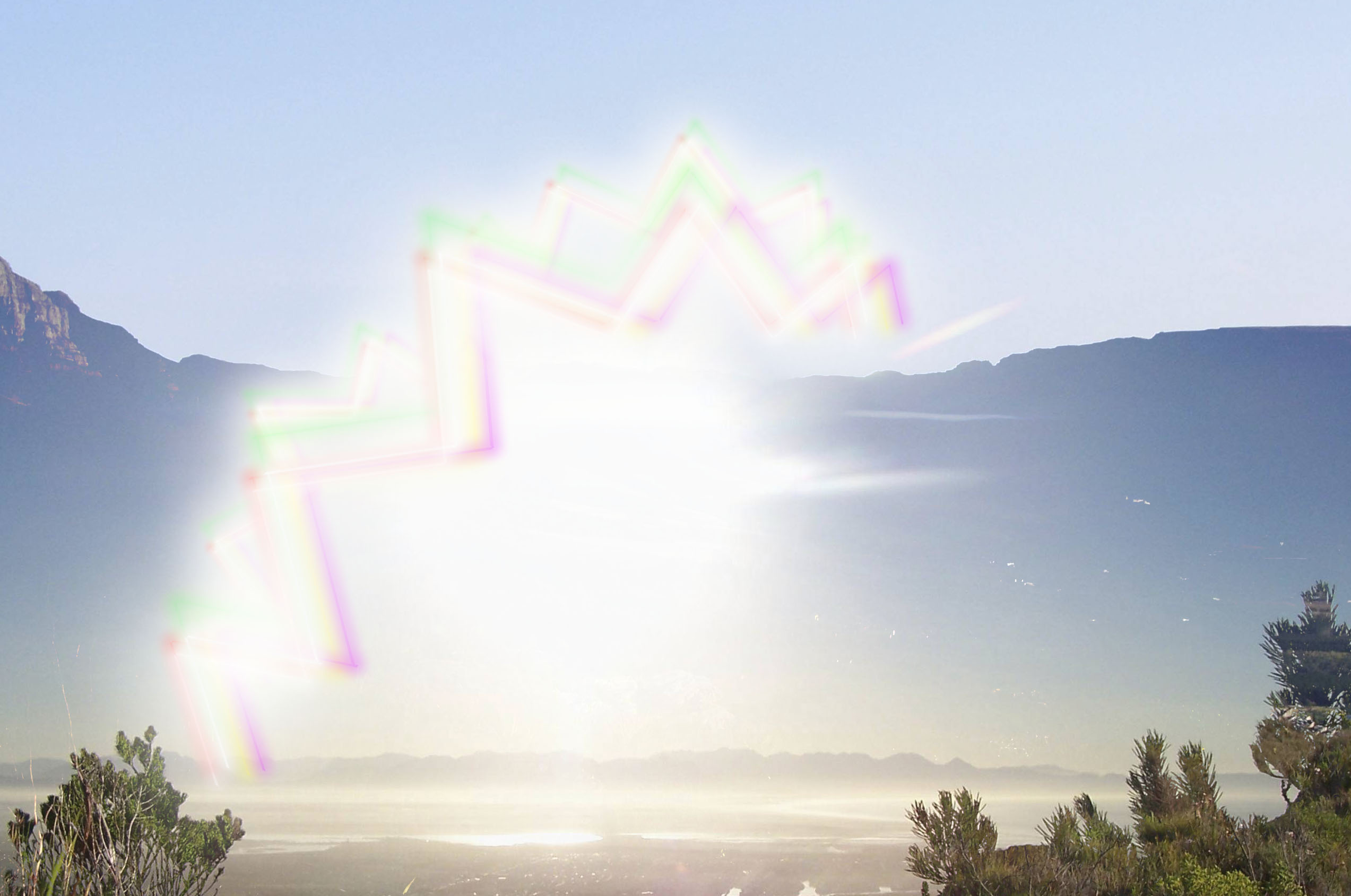The
Rubaiyat of Omar Khayyam is an influential book of Persian poetry. Khayyam lived from 1048-1141. The work spans many years. It is not considered one long poem, though it's parts definitely call back and forth to each other.
There are cups of wine. Food. A beloved. Many scholars point to it as a work of Epicurean ideals. As a strange sort of agnostic, philosophy. It is compared to Lucretius'
The Nature of Things. Though it takes a much less academic approach.
Anywhere from 1200-2000 quatrains have been claimed as part of the work. Many of them have questionable origins.
 |
| Edward FitzGerald |
The poems have been quite influential. Rex Stout, O. Henry, Agatha Christie, Eugene O'Neil,and Stephen King are some of the authors who have titled works after lines from the poems.
D.W. Girffith was about to film a movie version as his follow up to
Intolerance but the project fell through. Griffith famously made the not so subtly pro-KKK film,
The Birth of a Nation.
It is even
featured in
The Rocky and Bullwinkle Show.
Edward FitzGerald is responsible for bringing the poem to the English speaking world. Over the course of several decades he would release and then edit and re-release his translations. He grew famous for the work. Mostly because he took great liberties with the lines of poetry. Many called the work FitzOmar because of this.
The connection between the two men was so strong that a rose seed from Khayyam's tomb at Nishapur was planted on FitzGerald's grave in Suffolk.
Translation is a strange game. Because of his tinkering with a Persian work, FitzGerald gave us the Rubaiyat quatrain - AABA rhyme scheme. Also because of it, it is hard to know where the two writers exist on the page. Where is FitzGerals, and where is Khayyam? That gray area is uncomfortable to exist in for some. The question of 'is it right' rises up.
Recently we have seen a large amount of new translations popping up. There is the new
In Search of Lost Time,
Beowulf,
War and Peace. There are new retellings of The Iliad. John Ashbery won praise for his new translation of Rimbaud's
Illuminations. Philip Pullman just released a new
translation of the Brothers Grimm.
We are in a time of retelling our stories. Dredging the past and re-imagining it in new clothes. Here, then, the opening quatrain from three versions of FitzGerald:
 |
| Quatrain XXIV, Edmund Dulac, 1909 |
1858
Awake! for Morning in the Bowl of Night
Has flung the Stone that puts the Stars to Flight:
And Lo! the Hunter of the East has caught
The Sultan's Turret in a Noose of Light.
1868
Wake! For the Sun behind you Eastern height
Has chased the Session of the Stars from Night;
And, to the field of Heav'n ascending, strikes
The Sultan's Turret with a Shaft of Light.
1872
Wake! For the Sun, who scatter'd into flight
The Stars before him from the Field of Night,
Drives Night along with them from Heav'n, and strikes
The Sultan's Turret with a Shaft of Light.
I like different lines from each. My version would blend the three together.
Edmund Dulac made 20 beautiful
illustrations for a 1909 edition of the book. I recently found a 1952 reprint in a local book store.
The book holds a particular fascination for me. I have mentioned before that I love a good mystery.
The Rubaiyat is part of one of my favorites. The
Taman Shud case of 1948. I have talked about the case in
two posts. I wrote a poem about it. It is a very long subject but basically, a man was found dead on a beach in Australia. He was a John Doe. Events quickly got weird.
Here is the final quatrain of
The Rubaiyat. The one the case takes its name from:
 |
| Torn page found in the man's pocket. |
And when Thyself with shining Foot shall pass
Among the Guests Star-scatter'd on the Grass,
And in thy joyous Errand reach the Spot
Where I made one - turn down an empty Glass!
TAMAM SHUD
The final line means 'finished' or 'ended'. They found that last line folded in the dead man's pocket. A suitcase filled with another man's clothes was found as well. A nurse who may have given the book to the dead man refused to help the investigation. They found what looks like a secret code...
The case is strange. It is about circumstance, misidentification, lack of identification, and cover up. What I find interesting about it is the strange set of events that get you from the book to the dead man on the beach.
The events are random, indecipherable from the outside. But all events are that way. Think about how you got to work today. How you picked the college you went to. What your favorite song is and why. To anyone but you, these things are enigmas. Unknowable.
I was in Taos last fall. I wondered into a store that specializes in old maps and prints. They had a huge book of prints from old books of fairy tales. They were amazing. I bought three on a whim.
They were all drawn by Edmund Dulac. They were all from his
Rubaiyat. I had no idea until yesterday. When I bought this old book and opened it, staring up at me was a face from the past.
 |
| My copy of The Rubaiyat, 1952 Garden City Books |
























